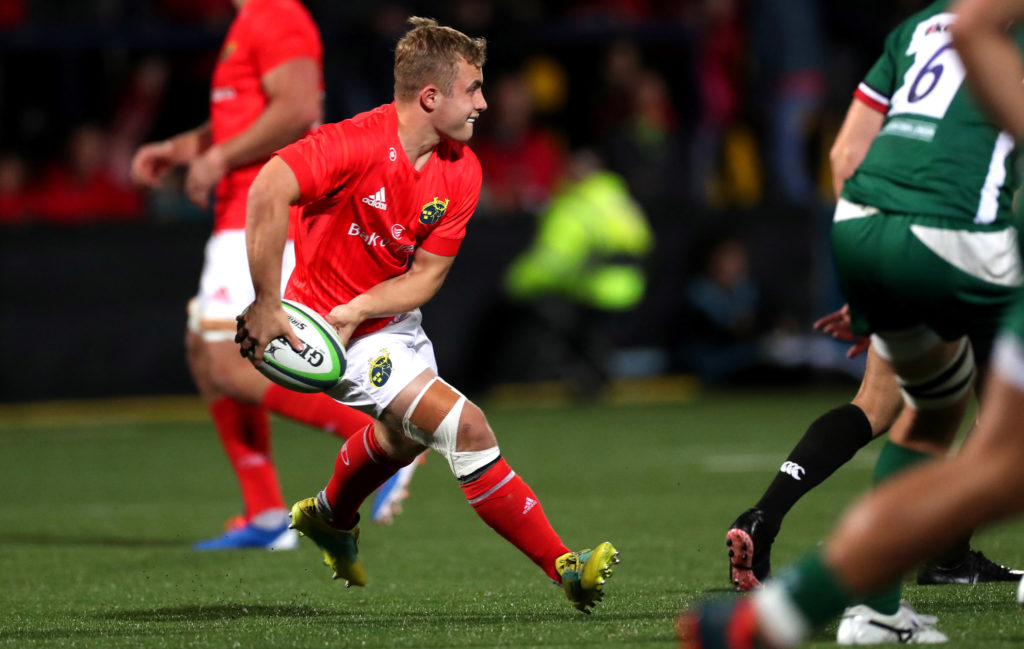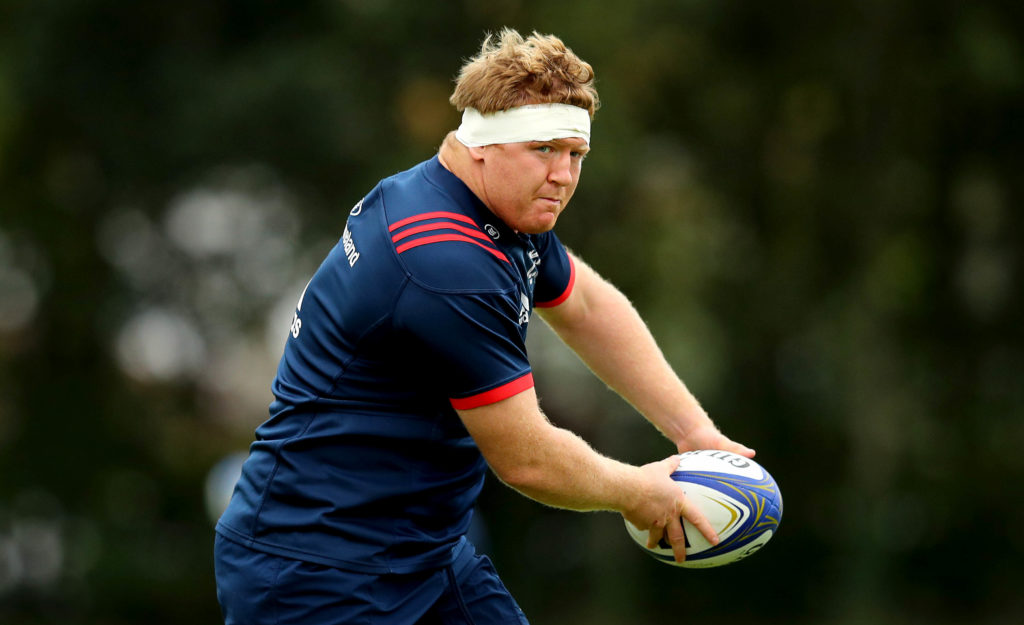THE DAYS of rugby being a game for all shapes and sizes is long gone. That’s not 100% true, of course. There are exceptions where you can afford to carry smaller, more skilful players without penalty.
Scrum half, fly half and one of your wingers. You can maybe carry a smaller hooker and back row, but only if you replace their size differential elsewhere in the pack from the start and off the bench.

Just watching the game over the last two seasons would tell you the value of size in the modern game. Having eight subs to use during a game allows you to completely replace four of your five tight-five forwards and one back row.
If you use a 6/2 split, you can choose to replace your entire tight five and a back row forward to keep up the physical pressure on the opposition. That physical pressure – and your ability to maintain it – is a key part of the game in 2020.
Don’t believe me? Look at the recent World Cup and tell me who won and how. South Africa with a 6/2 split in almost every game and replacing their front five completely as the game wore on. Don’t want to look at the Boks?

Look at the finalists of the Champions Cup over the last five years. Look at Saracens. Look at Racing 92. Look at Leinster. Look at Toulon and Clermont Auvergne in 2015. Size, power, weight and impact to burn in the front five, both starting and off the bench.
Every trend we see in the modern game points towards packs getting taller and heavier, in that order and the metrics back that up. Those numbers go up to 2015, but I promise you that players haven’t gotten smaller and lighter in the last four years.
If we look at the last few seasons, the average height and weight of the front fives that have contested the World Cup final and the last two Champions Cups are;
Front Row
Average Height including hookers: 1.82m (6’0″)
Average Weight including hookers: 117kg (18st 4lbs)
Average Height of Props excluding hookers: 1.84m (6’1″)
Average Weight of Props excluding hookers: 120kg (18st 9lbs)
Lock
Average Height: 2.01m (6’7″)
Average Weight: 120kg (18st 7lbs)
From a set-piece perspective, height and weight are important in different scenarios such as scrum, lineout, maul and there’s not too much to explain with that. Stuff like scrummaging ability is an x-factor that can hurt a player’s effectiveness, but, at the top level, it’s rare enough to see players who you have to make a trade-off between scrummaging ability and their physicality in loose play.

The lineout is becoming even more of an arms race from a height perspective, especially when you consider that a lot of top sides are going for taller and heavier jumping options in the back row – the way Saracens use Itoje, Leinster use Scott Fardy, and South Africa use Du Toit or Racing use Palu/Chouzenoux – as regular selection options.
My point is that if you want to compete at the top level these days, you’ve got to have a set of physical characteristics that fit the bill in the front five and, in reality, it’s really a front nine (or 10) when you consider replacements.
The more height and weight you can cram into your front five plus four, the more space you have to vary it up in your back row and beyond. Those athletes aren’t growing on trees though, so you’ll need to ID and develop suitable players.
They then can either put on the weight required without upping their injury profile or who have the height and frame that you can build on. Once you have that front five + four, you’ll be in a much better position to challenge for Championships.









